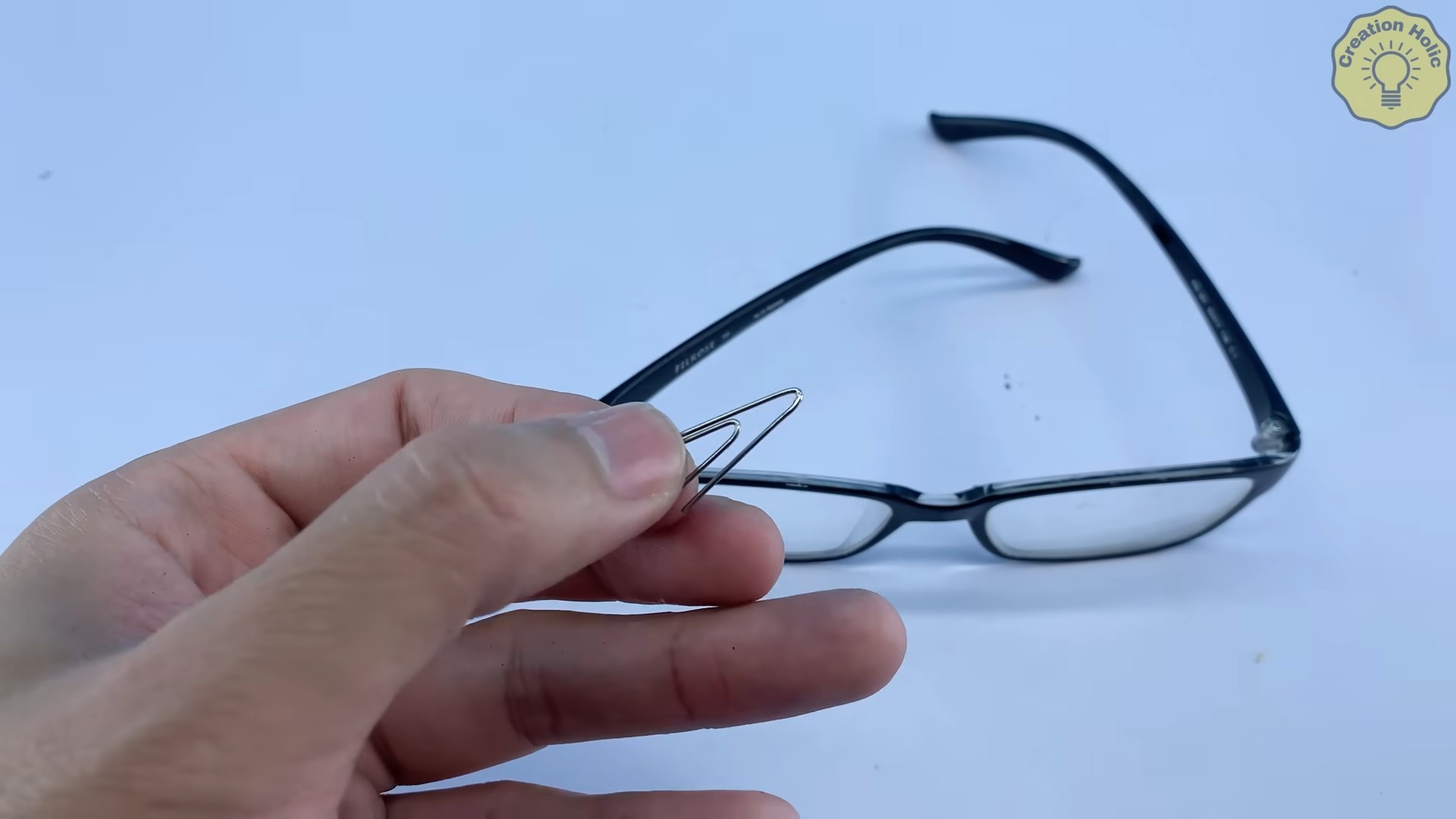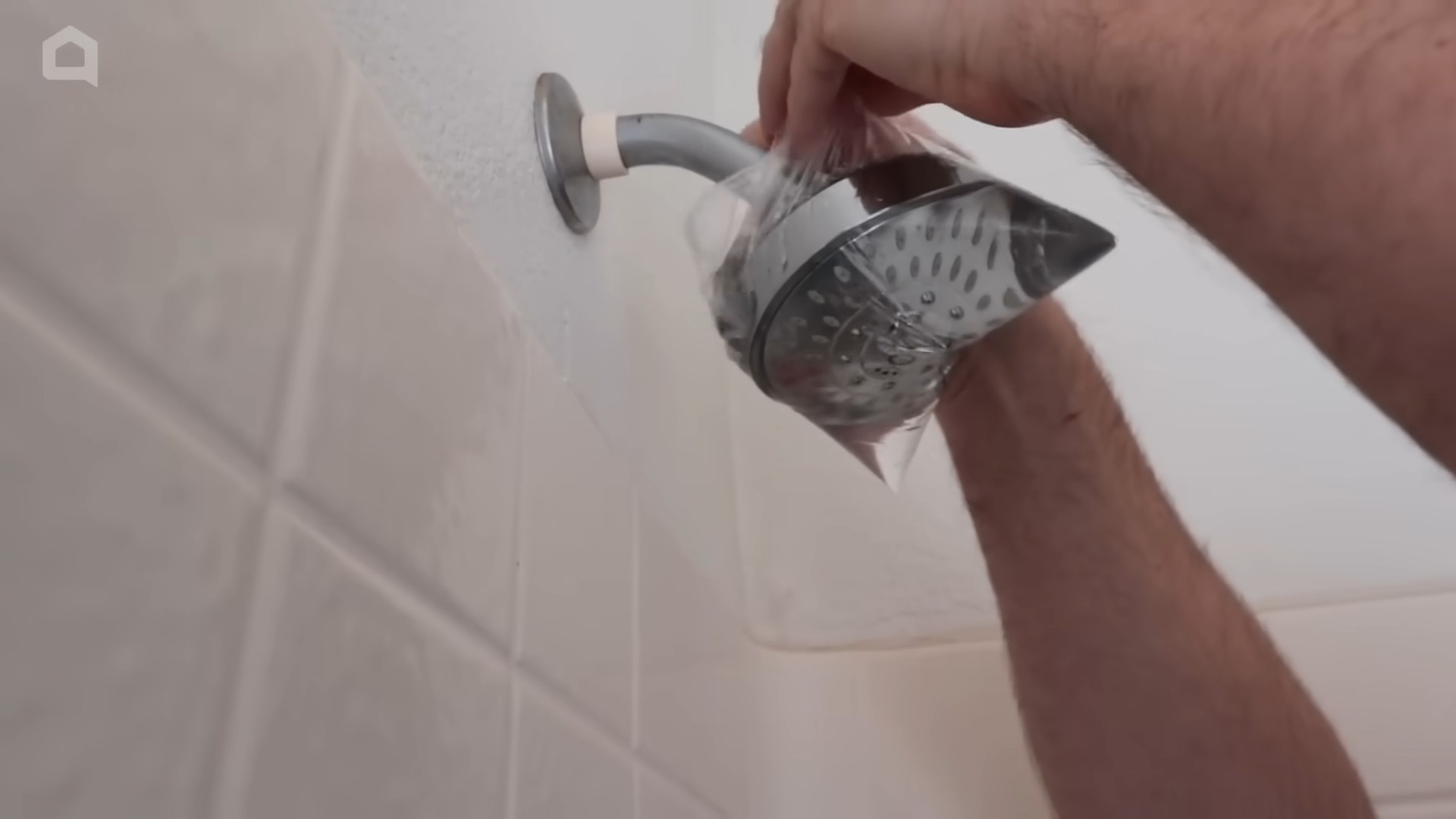Simple DIY Home Repairs: Ever feel that twinge of frustration when a doorknob jiggles loose, or a picture frame hangs crookedly? I know I have! It’s tempting to call a handyman for every little thing, but what if I told you that you could tackle many of these issues yourself? This article is your ultimate guide to mastering simple DIY home repairs, saving you time, money, and the hassle of scheduling appointments.
From fixing leaky faucets to patching small holes in drywall, these are skills that empower you to take control of your living space. Think of it as a modern take on the age-old tradition of self-sufficiency. Historically, people have always relied on their own ingenuity to maintain their homes. Before the era of readily available specialists, basic home repair was a necessary life skill passed down through generations. While we may not be building our own houses from scratch anymore, the spirit of “doing it yourself” is still alive and well!
Why learn these simple DIY home repairs? Because life happens! Walls get scuffed, drawers stick, and things break. Instead of letting these minor annoyances pile up, imagine the satisfaction of quickly and efficiently resolving them yourself. Not only will you save money on costly professional services, but you’ll also gain a sense of accomplishment and a deeper connection to your home. So, grab your toolbox, and let’s get started on transforming you into a confident home repair hero!

Simple DIY Home Repairs: A Beginner’s Guide
Okay, so things around the house are starting to show their age, huh? Don’t panic! You don’t need to call a professional for every little thing. I’m going to walk you through some super common, super manageable DIY home repairs that will save you money and give you that awesome “I fixed it myself!” feeling. Let’s get started!
Fixing a Dripping Faucet
That constant drip, drip, drip can drive anyone crazy! Plus, it’s wasting water and money. Luckily, fixing a dripping faucet is often easier than you think.
What You’ll Need:
* Screwdrivers (both flathead and Phillips head)
* Adjustable wrench
* Penetrating oil (like WD-40)
* New faucet cartridge or O-rings (depending on the faucet type – more on that later!)
* Plumber’s grease
* Clean rags
* A small container to catch water
Step-by-Step Instructions:
1. Turn Off the Water Supply: This is the MOST important step! Locate the shut-off valves under the sink. There should be one for hot water and one for cold. Turn both clockwise until they’re completely closed. If you can’t find individual shut-off valves, you’ll need to turn off the main water supply to your house. This is usually located in the basement or near the water meter.
2. Protect the Sink: Place a towel or rag in the sink to protect it from scratches while you’re working.
3. Identify Your Faucet Type: There are generally three types of faucets: compression, cartridge, ball, and ceramic disk.
* Compression Faucets: These have separate handles for hot and cold water. They’re usually the oldest type and often have visible screws.
* Cartridge Faucets: These have a single handle that moves up and down for water flow and side to side for temperature.
* Ball Faucets: Similar to cartridge faucets, they have a single handle, but the handle usually pivots on a ball joint.
* Ceramic Disk Faucets: These also have a single handle, but they tend to be more modern and have a wider cylindrical body.
4. Disassemble the Faucet: This is where things get specific to your faucet type.
* Compression Faucet:
1. Remove the decorative cap on the handle (usually by prying it off with a small screwdriver).
2. Unscrew the handle screw.
3. Pull off the handle.
4. Unscrew the packing nut (the large nut underneath the handle).
5. Remove the stem.
6. You’ll likely find a worn-out washer at the bottom of the stem. This is often the culprit!
* Cartridge Faucet:
1. Look for a small set screw on the side of the handle. Loosen it with an Allen wrench (usually included with the faucet).
2. Pull off the handle.
3. You might find a retaining clip holding the cartridge in place. Remove it with pliers.
4. Pull out the cartridge. It might be a little stiff, so wiggle it gently.
* Ball Faucet:
1. Loosen the set screw on the side of the handle.
2. Pull off the handle.
3. Unscrew the cap and collar.
4. Loosen the ball.
5. Remove the spout.
6. Use a special wrench (often included with the faucet) to loosen the valve seats and springs.
* Ceramic Disk Faucet:
1. Loosen the set screw on the side of the handle.
2. Pull off the handle.
3. Remove the decorative cap.
4. Unscrew the cylinder.
5. Lift out the ceramic cylinder.
5. Inspect and Replace Worn Parts: Now that you’ve disassembled the faucet, carefully inspect all the parts for wear and tear.
* Compression Faucet: Replace the worn-out washer at the bottom of the stem. You might also need to replace the O-rings on the stem.
* Cartridge Faucet: Replace the entire cartridge. It’s usually best to replace the whole thing rather than trying to fix individual parts.
* Ball Faucet: Replace the O-rings, valve seats, and springs. You can often buy a repair kit that includes all these parts.
* Ceramic Disk Faucet: Replace the O-rings and the ceramic cylinder if it’s damaged.
6. Lubricate the Parts: Apply a thin layer of plumber’s grease to the new O-rings and the faucet cartridge (if applicable). This will help them seal properly and prevent future leaks.
7. Reassemble the Faucet: Put everything back together in the reverse order that you took it apart. Make sure everything is snug but not overtightened.
8. Turn the Water Back On: Slowly turn the water supply back on. Check for leaks around the faucet. If you see any leaks, tighten the connections slightly.
9. Test the Faucet: Turn the faucet on and off, and check the water temperature. Make sure everything is working properly.
Patching a Small Hole in Drywall
Accidentally put a hole in the wall? Don’t worry, it happens! Patching a small hole in drywall is a simple DIY project that can make a big difference.
What You’ll Need:
* Utility knife
* Drywall patch (self-adhesive or metal mesh)
* Joint compound (also known as drywall mud)
* Putty knife (various sizes)
* Sandpaper (fine grit)
* Primer
* Paint (matching your wall color)
* Damp sponge
Step-by-Step Instructions:
1. Prepare the Area: Use a utility knife to carefully remove any loose or crumbling drywall around the hole. You want to create a clean, stable surface for the patch.
2. Apply the Drywall Patch:
* Self-Adhesive Patch: Simply peel off the backing and stick the patch over the hole. Make sure it’s centered and firmly attached to the wall.
* Metal Mesh Patch: Cut the patch slightly larger than the hole. Apply a thin layer of joint compound around the edges of the hole. Press the mesh patch into the wet compound, making sure it’s flat and even with the wall surface.
3. Apply the First Coat of Joint Compound: Use a putty knife to apply a thin, even coat of joint compound over the patch and the surrounding area. Feather the edges of the compound out onto the wall to create a smooth transition. Don’t try to cover the entire patch in one coat. It’s better to apply multiple thin coats than one thick coat.
4. Let it Dry: Allow the first coat of joint compound to dry completely. This usually takes several hours, or even overnight.
5. Apply Additional Coats: Apply two or three more thin coats of joint compound, allowing each coat to dry completely before applying the next. With each coat, feather the edges of the compound out a little further onto the wall.
6. Sand the Surface: Once the final coat of joint compound is completely dry, use fine-grit sandpaper to sand the surface smooth. Be careful not to sand too hard, or you’ll remove too much compound. The goal is to create a smooth, even surface that blends seamlessly with the surrounding wall.
7. Clean the Area: Use a damp sponge to wipe away any sanding dust.
8. Prime the Patch: Apply a coat of primer to the patched area. This will help the paint adhere properly and prevent the patch from showing through.
9. Paint the Patch: Once the primer is dry, paint the patched area with paint that matches your wall color. You may need to apply two coats of paint to achieve a perfect match.
Unclogging a Drain
A clogged drain is a common household problem that can be a real pain. But before you reach for harsh chemicals, try these DIY methods.
What You’ll Need:
* Boiling water
* Baking soda
* Vinegar
* Plunger
* Drain snake (also known as a plumber’s snake)
* Bucket
* Gloves
Step-by-Step Instructions:
1. Boiling Water: This is the simplest method and often works for minor clogs. Pour a kettle of boiling water down the drain. The hot water can help to dissolve grease and other buildup.
2. Baking Soda and Vinegar: This is a natural and effective way to uncl

Conclusion
So, there you have it! These simple DIY home repairs aren’t just about saving money; they’re about empowering yourself to take control of your living space and fostering a deeper connection with your home. From banishing those annoying squeaks to patching up minor wall imperfections, these projects are surprisingly accessible, even for complete beginners. The satisfaction of fixing something yourself is truly rewarding, and the skills you learn will undoubtedly come in handy time and time again.
But why is this a must-try? Because these aren’t just band-aid solutions. They’re practical, effective, and designed to address common household issues at their root. Imagine the peace of mind knowing you can tackle a leaky faucet without waiting for a plumber, or refresh a tired-looking room with a simple paint touch-up. These are the kinds of skills that build confidence and create a more comfortable, functional home environment.
Don’t be afraid to experiment and personalize these techniques. For example, when patching drywall, consider using a textured sponge to match the existing wall finish for a seamless blend. Or, when silencing squeaky floors, try using powdered graphite instead of lubricant for a longer-lasting solution. You can even get creative with your paint touch-ups by adding a decorative stencil or border to personalize the repaired area. The possibilities are endless!
We wholeheartedly encourage you to give these **simple DIY home repairs** a try. Start with a small project, build your confidence, and gradually tackle more challenging tasks. Remember to always prioritize safety and consult reliable resources if you’re unsure about any step.
Most importantly, we want to hear about your experiences! Share your before-and-after photos, tips, and challenges in the comments below. Let’s create a community of DIY enthusiasts who support and inspire each other to create beautiful, well-maintained homes. Your insights could be invaluable to someone just starting their DIY journey. So, grab your toolbox, roll up your sleeves, and get ready to transform your home, one simple repair at a time!
Frequently Asked Questions (FAQs)
What tools do I really need to get started with these DIY repairs?
That’s a great question! You don’t need a professional-grade workshop to tackle these projects. A basic toolkit should include:
* A good quality screwdriver set (both Phillips head and flathead).
* An adjustable wrench.
* A pair of pliers.
* A hammer.
* A utility knife.
* A measuring tape.
* A level.
* Safety glasses.
* Work gloves.
For specific projects, you might need additional tools like a putty knife for drywall repair, a caulk gun for sealing gaps, or a stud finder for hanging items securely. However, the items listed above will cover most of the repairs discussed. Consider investing in quality tools that will last longer and perform better.
I’m worried about making a mistake and making the problem worse. What should I do?
It’s perfectly normal to feel apprehensive, especially when you’re new to DIY. Here’s some advice:
* **Start small:** Choose a simple project with minimal risk, like tightening a loose screw or replacing a light bulb.
* **Do your research:** Watch videos, read articles, and consult online forums to understand the process thoroughly before you begin.
* **Take your time:** Don’t rush through the steps. Work carefully and methodically.
* **Don’t be afraid to ask for help:** If you’re unsure about something, ask a friend, family member, or neighbor with experience.
* **Know your limits:** If a project seems too complex or dangerous, it’s best to call a professional.
Remember, even experienced DIYers make mistakes. The key is to learn from them and not be discouraged.
How can I find the right paint color to match my existing walls for touch-ups?
Matching paint colors can be tricky, but here are a few tips:
* **Take a sample:** The best way to ensure a perfect match is to take a small sample of your existing paint to a paint store. They can use a color-matching scanner to analyze the sample and create a custom-tinted paint.
* **Check the original can:** If you still have the original can of paint, check the label for the color name and number. This will make it much easier to find a matching paint.
* **Choose the right sheen:** The sheen (e.g., matte, eggshell, satin, semi-gloss) of the paint is just as important as the color. Make sure to match the sheen of your existing paint for a seamless blend.
* **Test the paint:** Before applying the touch-up paint to the entire area, test it in an inconspicuous spot to make sure it’s a good match.
What’s the best way to prevent future home repairs?
Preventative maintenance is key to minimizing future repairs. Here are some tips:
* **Regularly inspect your home:** Look for signs of leaks, cracks, or other damage.
* **Clean gutters and downspouts:** Clogged gutters can cause water damage to your roof and foundation.
* **Maintain your appliances:** Follow the manufacturer’s instructions for cleaning and servicing your appliances.
* **Address small problems promptly:** Don’t ignore minor issues, as they can often escalate into larger, more expensive problems.
* **Ventilate your home properly:** Proper ventilation can help prevent moisture buildup and mold growth.
* **Insulate your home:** Proper insulation can help reduce energy costs and prevent drafts.
Are there any safety precautions I should take when doing DIY home repairs?
Absolutely! Safety should always be your top priority. Here are some essential safety precautions:
* **Wear safety glasses:** Protect your eyes from flying debris.
* **Wear work gloves:** Protect your hands from cuts and abrasions.
* **Use a dust mask or respirator:** Protect your lungs from dust and fumes.
* **Turn off the power:** Before working on any electrical components, turn off the power at the circuit breaker.
* **Use caution when working at heights:** Use a sturdy ladder and have someone spot you.
* **Read and follow instructions:** Always read and follow the manufacturer’s instructions for tools and materials.
* **Keep your work area clean and organized:** This will help prevent accidents.
* **Know your limits:** If a project seems too dangerous, call a professional.
Where can I find reliable information and tutorials for DIY home repairs?
There are many excellent resources available online and in print. Here are a few suggestions:
* **YouTube:** Search for tutorials on specific repairs. Look for channels with experienced DIYers and clear, concise instructions.
* **Home improvement websites:** Websites like This Old House, The Spruce, and Family Handyman offer a wealth of information on DIY home repairs.
* **DIY forums:** Online forums are a great place to ask questions and get advice from other DIYers.
* **Home improvement books:** Many excellent books cover a wide range of DIY home repair topics.
* **Local hardware stores:** Many hardware stores offer workshops and classes on DIY home repairs.
Remember to always verify the information you find online and consult multiple sources before starting a project.
What about more complex repairs like plumbing or electrical work? Should I attempt those myself?
Generally, it’s best to leave complex plumbing and electrical work to licensed professionals. These types of repairs can be dangerous if not done correctly, and they may also violate local building codes. Attempting these repairs yourself could result in serious injury, property damage, or legal issues. However, there are some minor plumbing and electrical tasks that you can safely handle yourself, such as replacing a faucet aerator or changing a light switch. Always err on the side of caution and consult a professional if you’re unsure.




Leave a Comment